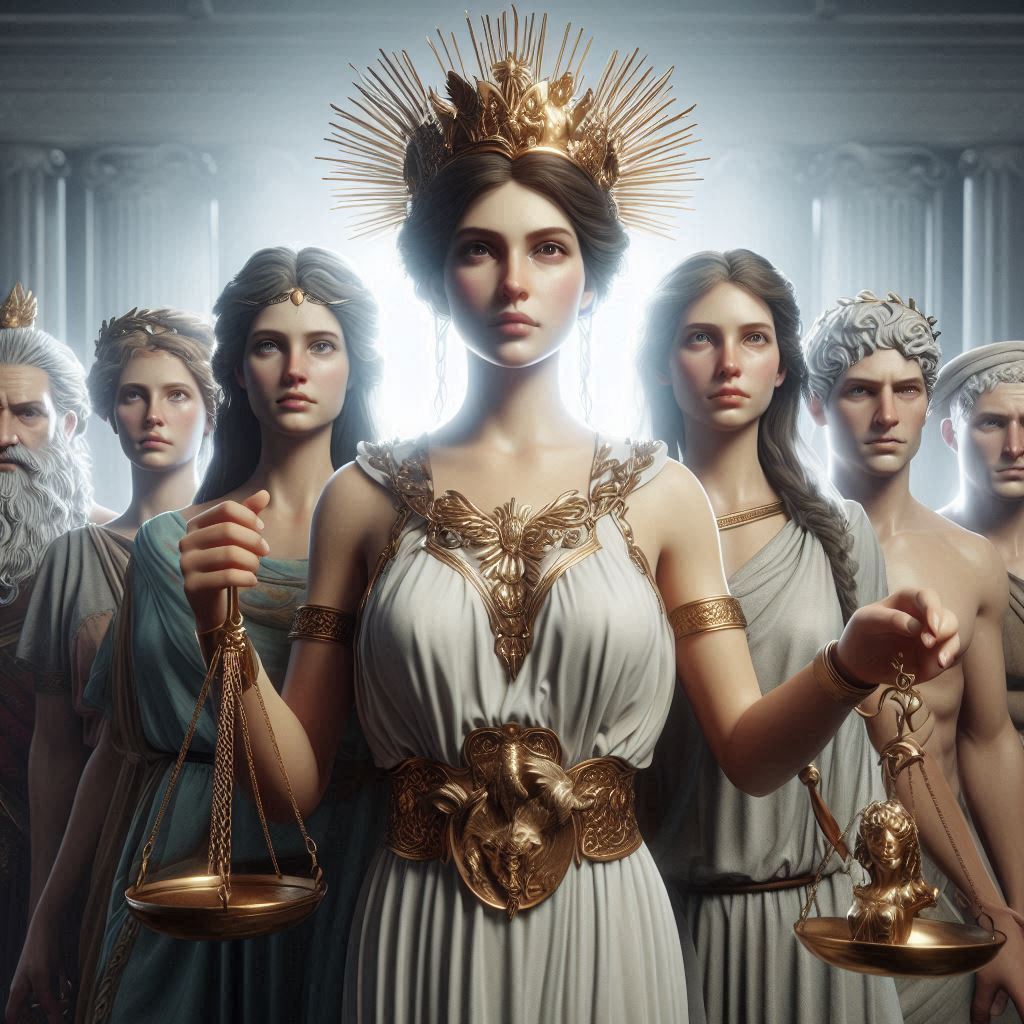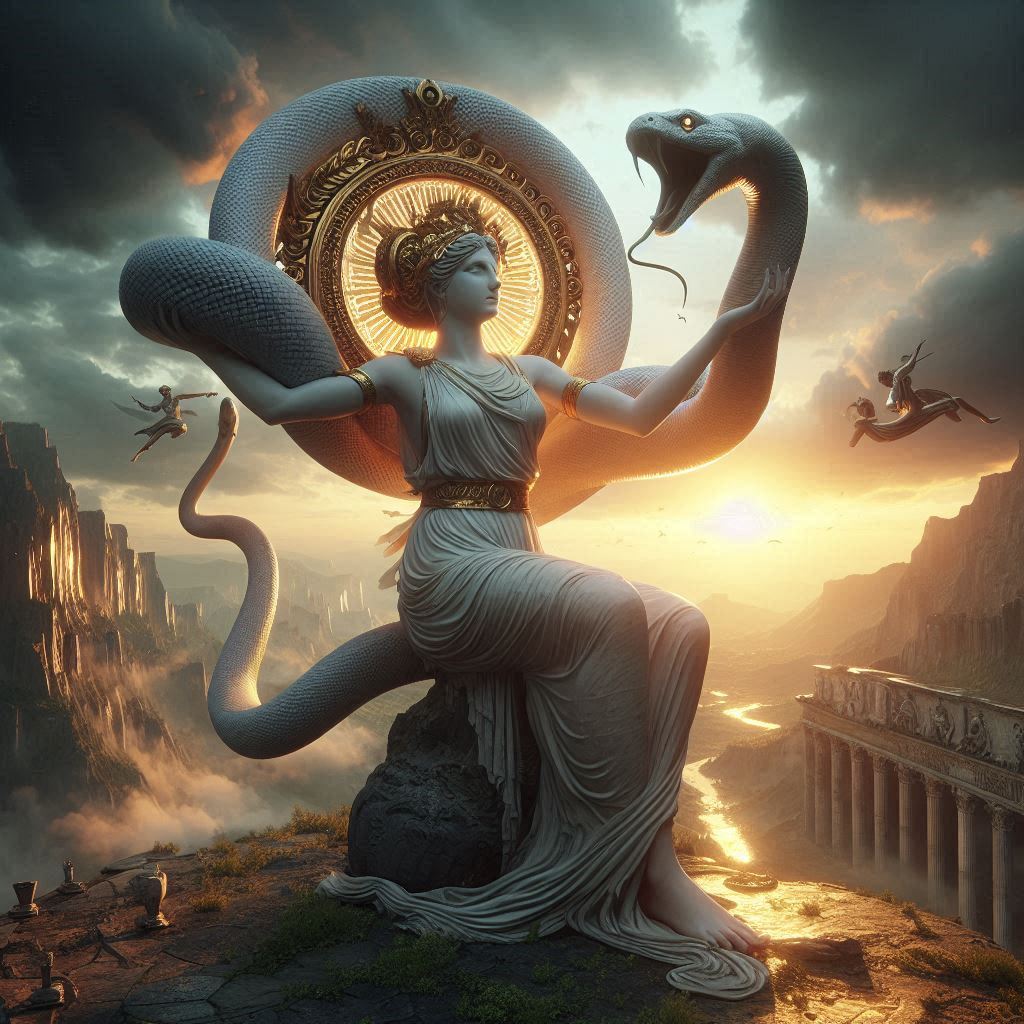Table of Contents
The mother-child relationship has long been a profound theme in literature, spanning genres and cultures, symbolizing the complex interplay between life-giving nurturance and emotional struggle. From mythological archetypes to modern psychological explorations, this relationship captures an array of emotional tones: love, sacrifice, protection, and, at times, conflict and repression. The multifaceted portrayal of this bond across literary epochs reveals deep insights into human psychology, societal expectations, and even the changing roles of women in various cultural contexts.
This essay will explore prominent literary works where the mother-child relationship serves as a central theme, examining how literature reflects and influences the evolving understanding of maternal influence on individual identity, social roles, and cultural norms.

1. Archetypal Representations: Nurturer and Protector
Classical literature often portrays mothers in an idealized light, viewing them as embodiments of fertility, wisdom, and resilience. In Greek mythology, Demeter, the goddess of harvest, represents the nurturing, self-sacrificial mother who endures profound suffering for her daughter Persephone. This myth not only emphasizes the deep maternal connection but also underscores themes of loss and reunion, symbolizing the cyclical nature of life and death. Such archetypal depictions underscore the mother’s role as a protector and life-giver, whose relationship with her child is intertwined with natural rhythms and cosmic forces.
In other cultural texts, the mother-child bond is similarly revered. For example, Hindu mythology celebrates Yashoda’s relationship with her foster son, Krishna. Despite Krishna’s divine origins, Yashoda’s relationship with him is tender, filled with playful affection, and framed by maternal devotion. These archetypal portrayals not only highlight the warmth and selflessness of the mother figure but also underscore a sense of duty and spiritual significance associated with motherhood.
2. The Evolution of Maternal Complexity in Modern Literature
While ancient literature tends to idealize mothers, modern literary works present a more nuanced depiction of maternal figures, acknowledging the complexities, inner conflicts, and often ambivalent emotions that define the mother-child relationship. The shift from archetype to individuality allows literature to explore the psychological dimensions of motherhood, portraying mothers as complex individuals with unique emotional landscapes.
Virginia Woolf’s To the Lighthouse is a prime example of this evolution. Mrs. Ramsay, the central maternal figure, is nurturing, and her presence binds her family together. However, Woolf presents her not only as a nurturing mother but also as a woman caught between personal desires and societal expectations. Mrs. Ramsay’s complex relationship with her children—her tendency to protect them from the harshness of reality while imposing her own values—reveals the emotional intricacies and subtle tensions of the maternal role. Woolf’s portrayal of Mrs. Ramsay reflects the burgeoning feminist discourse of the early 20th century, shedding light on the psychological cost of societal expectations on women.
In Beloved by Toni Morrison, the character Sethe embodies both the nurturing and destructive aspects of motherhood. Having escaped from slavery, Sethe is haunted by the trauma of her past, particularly her decision to kill her child to spare her from the horrors of enslavement. Morrison’s portrayal of Sethe brings forward the notion of “mother love” that defies societal norms and transcends moral boundaries. Here, the mother-child relationship is not merely one of love and protection; it is an intense, almost destructive force, highlighting the complexities of motherhood in a context shaped by oppression and survival. Through Sethe, Morrison interrogates the historical and racial dimensions of maternal sacrifice, portraying a mother’s love as both redemptive and devastating.
3. The Psychological Underpinnings: Freudian and Jungian Perspectives
Modern literature also uses psychological frameworks, notably Freudian and Jungian theories, to explore the mother-child relationship. Freudian psychoanalysis emphasizes the mother as a central figure in the child’s psychological development, suggesting that early attachment and conflicts with the mother shape the child’s sense of self. D.H. Lawrence’s Sons and Lovers explores this dynamic through Paul Morel’s intense attachment to his mother, Gertrude. Gertrude’s emotional entanglement with Paul leads to a conflicted relationship, inhibiting his romantic relationships and stunting his psychological independence. Lawrence’s portrayal of the mother-son bond illustrates how a close maternal relationship can engender both nurturing support and suffocating dependency, echoing Freud’s theories on familial dynamics and identity formation.
From a Jungian perspective, the mother archetype represents both nurturing and devouring aspects, shaping the child’s consciousness through contrasting energies of care and control. Sylvia Plath’s The Bell Jar explores this through Esther Greenwood’s ambivalent relationship with her mother, who represents both societal conformity and expectations. Plath’s depiction of Esther’s struggle with her mother’s ideals reflects the Jungian notion of the “devouring mother,” symbolizing a suffocating force that stifles individual expression. Through this lens, literature explores the psychological impact of the mother-child relationship on self-realization and mental health, underscoring the importance of individuation—a process often fraught with maternal conflict.
4. Shifting Cultural and Social Dynamics: Contemporary Perspectives
In contemporary literature, the depiction of the mother-child relationship continues to evolve, reflecting changing cultural norms and societal expectations. As gender roles have expanded, literature increasingly portrays diverse maternal experiences, encompassing single mothers, LGBTQ+ families, and unconventional family structures.
Elena Ferrante’s My Brilliant Friend series examines the friendship and familial bonds that shape identity within a complex socio-political landscape. In Ferrante’s portrayal, maternal figures are sometimes sources of conflict and resistance, particularly as her characters navigate their socio-economic and gendered constraints. The mother-child bond in Ferrante’s work becomes a conduit for exploring issues of autonomy, rebellion, and resilience, depicting motherhood as a complex social construct shaped by broader political and economic forces.
Similarly, Room by Emma Donoghue explores the intense, protective love of a mother trapped with her young son in captivity. Here, the mother-child bond is a survival mechanism, offering strength in isolation and terror. The mother’s sacrifices, resourcefulness, and resilience underscore her unwavering commitment to her child’s safety and emotional well-being, portraying motherhood as both a sanctuary and a struggle. Donoghue’s narrative exemplifies how contemporary literature navigates extreme situations to reveal the resilience, adaptability, and boundless depths of maternal love.
5. Conclusion: The Mother-Child Bond as a Reflection of Humanity
The depiction of the mother-child relationship in literature reflects the evolving complexities of human nature, societal expectations, and individual psychology. From the mythological archetypes of the nurturing and protective mother to the modern-day portrayals of conflicted, psychologically complex maternal figures, literature offers a profound exploration of this relationship. It reveals not only the societal pressures and personal sacrifices that shape motherhood but also the enduring emotional and psychological impact of this bond on individual development.
Through the mother-child relationship, literature ultimately mirrors the universal human experience, revealing our deepest fears, hopes, and longings. Whether framed by myth, psychology, or social critique, this relationship remains a powerful motif that continually enriches our understanding of family, identity, and the enduring bonds that define our lives. The mother-child bond, as depicted in literature, is not just a familial connection; it is a reflection of humanity’s eternal search for belonging, identity, and meaning.


No responses yet